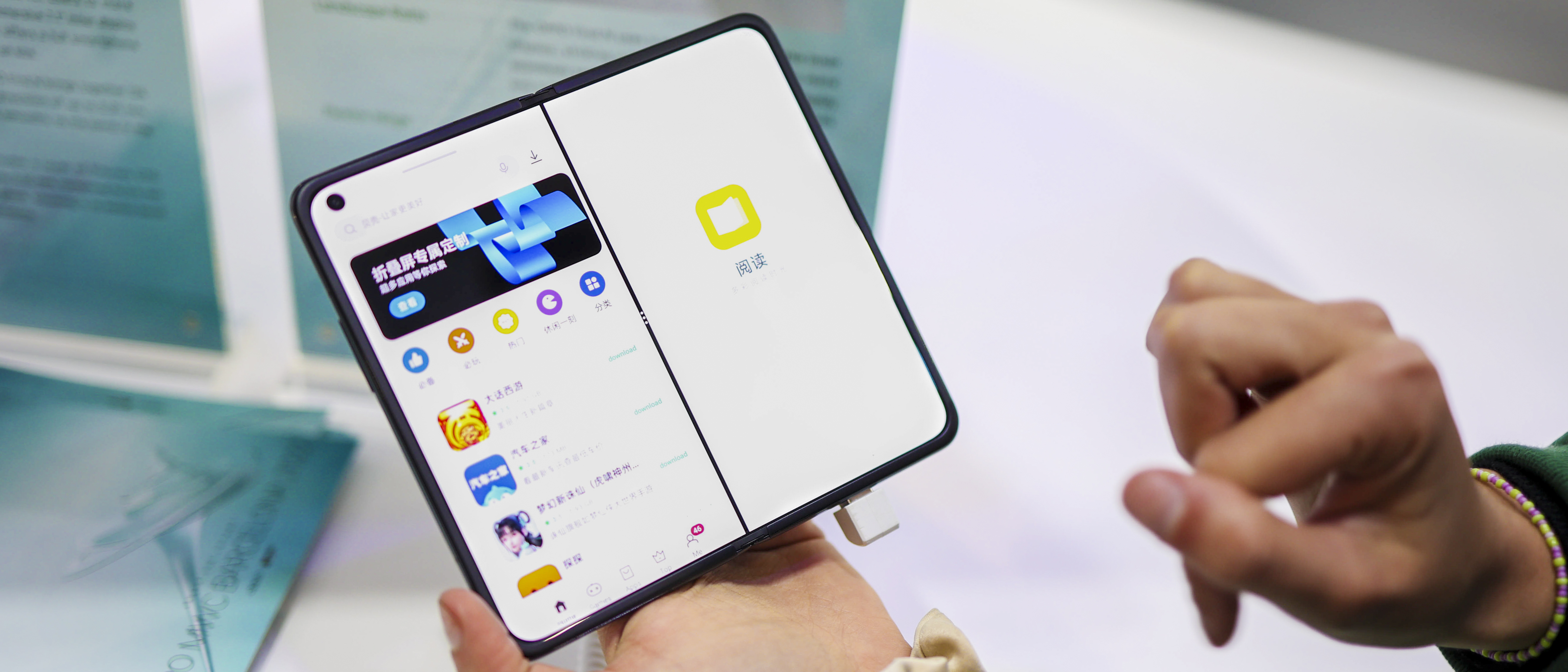Early Verdict
Pros
- +
Lower price than rivals
- +
2x optical zoom
- +
50MP main camera
Cons
- -
Not yet launched in Americas or Europe
- -
Snapdragon 888 chipset
Why you can trust Digital Camera World
The Oppo Find N is a foldable phone that costs around $1,700 or £1,300, which, by foldable standards, is relatively affordable. What’s delightful about Oppo’s flexy-phone is the fact it doesn’t cut back on specs, and it showcases a seriously novel squat design that makes it that bit more pocketable in the world of phablet/phone foldables.
Announced in December 2021 in China, but yet to make its way past the border, the Find N is Oppo’s first commercially-available folding phone. We got our first chance to see the phone at the MWC 2022 trade expo in Barcelona.
Oppo’s various brands have been picking up steam in the last few years, with Oppo launching the excellent Find X2 Pro, the very good Find X3 Pro, and recently, the Find X5 Pro, which we have in for review. Realme, its offshoot created to service ‘digital natives’ is now a fully-fledged, top 5 smartphone brand, and OnePlus has openly been recognized as part of Oppo after years of tech sharing.
• See Best fold phones
This all puts Oppo in a fine position to compete on new frontiers, and the foldable race looks set to be fierce competition to see who, if anyone, can topple the reigning champ – Samsung.
Oppo Find N: Design and screen
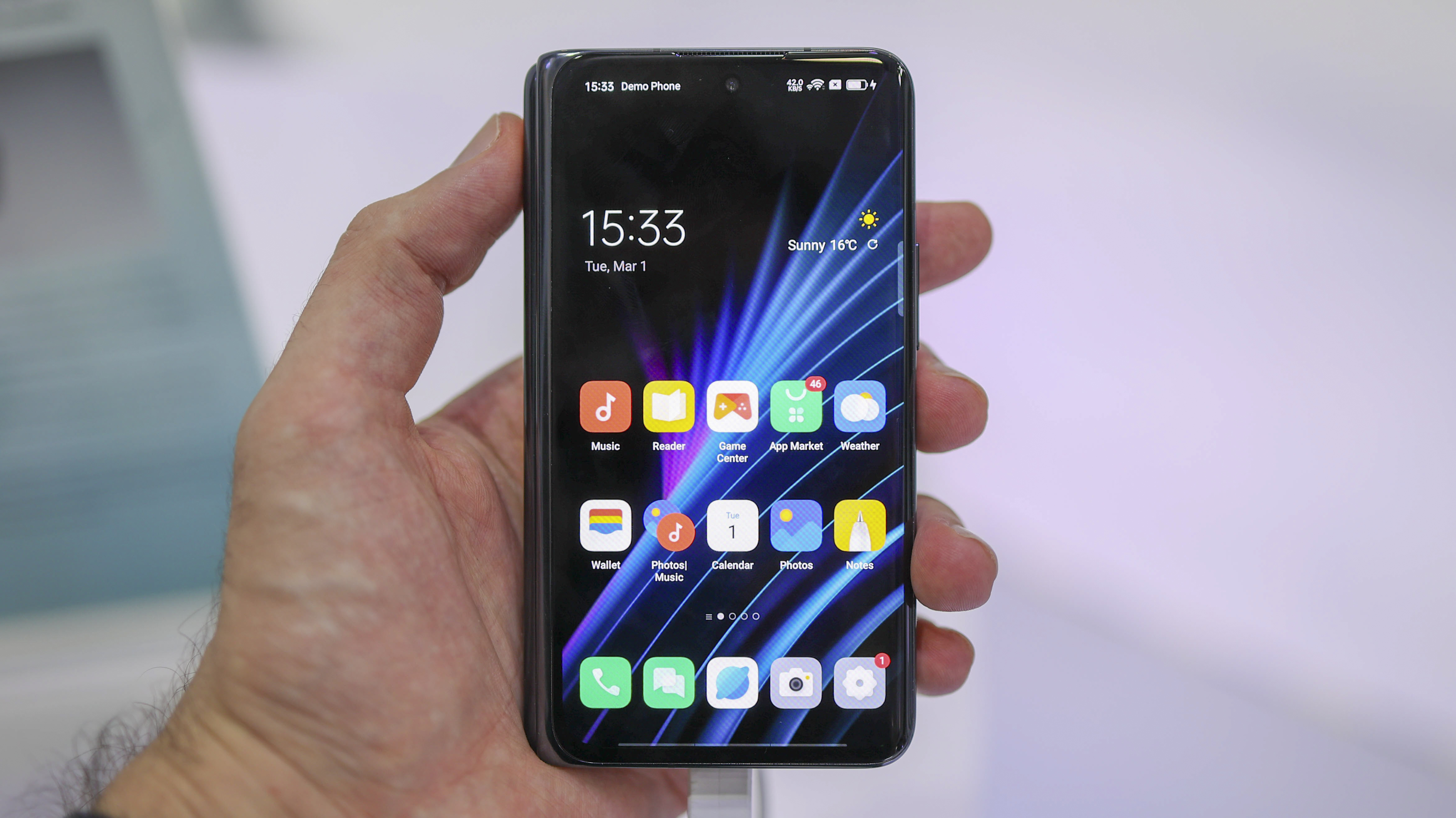

After a few seconds with the Oppo Find N, it all feels very playful. Short and stout when closed, it’s a squat smartphone that’s pretty small, so has a relatively unimposing footprint in the palm.
Small-ish it may be, but it’s one of the thickest of the main current generation of foldables, measuring 16mm when folded. That’s compared to the Galaxy Z Fold 3 which is 14.4mm, and the Honor V, which clocks in at 14.3mm.
What’s interesting about the Oppo Find N is that its shape, which is dictated by its screen sizes, isn’t actually perfect for anything. The cover display is a 5.49-inch, 988 x 1972 resolution panel with an 18:9 aspect ratio. That’s not quite 16:9 for FullHD video, and neither is it 21:9 like the Sony Xperia Pro-I, which is perfect for cinematic footage.
What the front screen is great for, is being a phone. Compact but with enough width for icons, it feels somewhere between a slice of the future with its folding, and a blast from the past with its scale.
The Find N unfolds to reveal a 7.1-inch 1792 x 1920 flexible AMOLED panel. As with all foldable screens, it’s got that plasticky warped look at certain angles – though head-on, the quality is excellent.
The phone’s hinge is very reminiscent of what we’ve seen from Huawei in the Mate X2, and Samsung in the Z Fold 2 and 3. The mechanism feels solid and secure, though the phone misses out on IP68 dust and water resistance, which Samsung’s latest foldable achieves.
Oppo Find N: Cameras
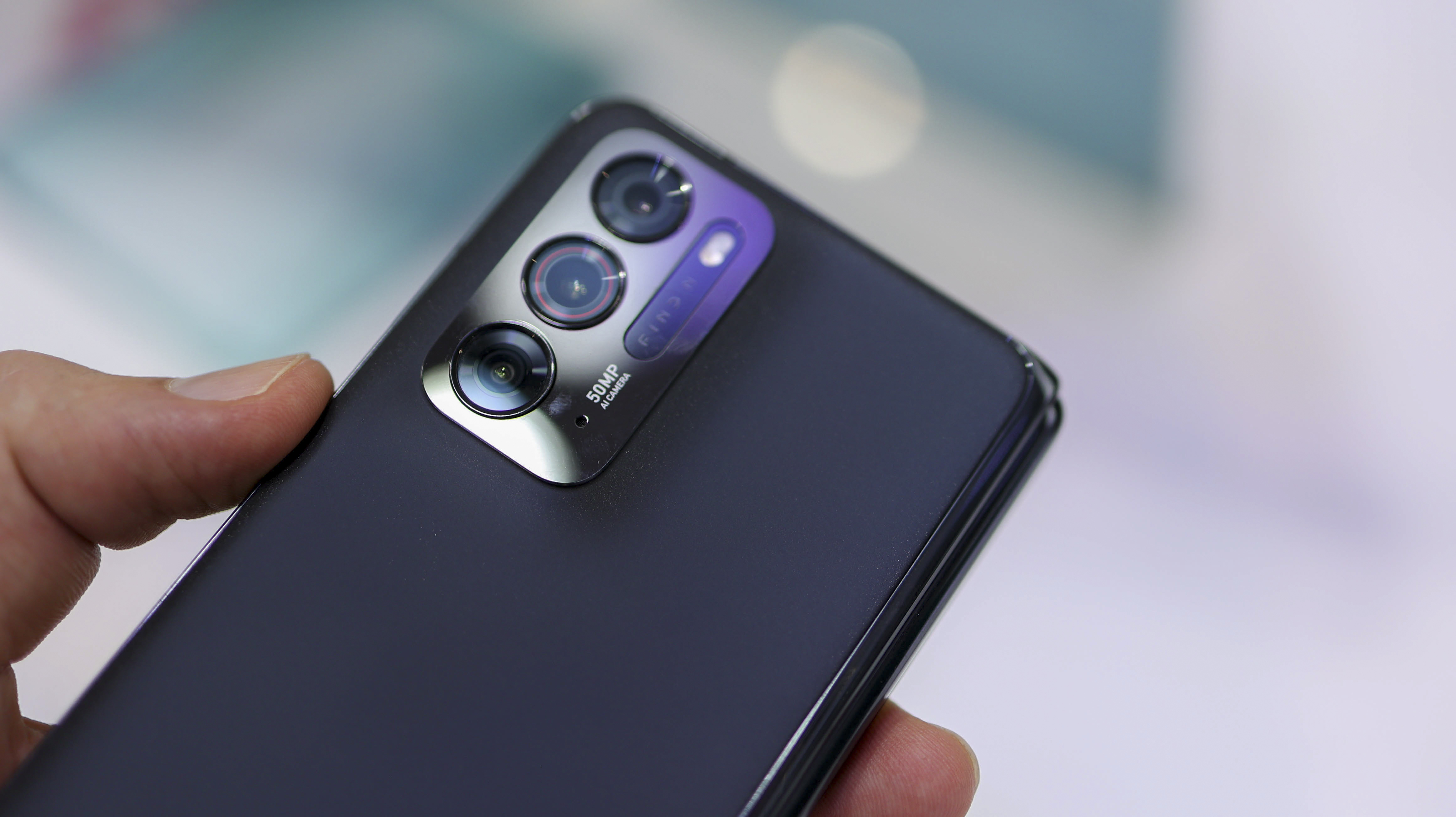
Historically, foldable phones have always scrimped on their camera tech, given the fact good cameras take up space, making phones thicker. Foldables are already chunky by nature, so don’t need any beefing up.
The Oppo Find N’s cameras look competitive for a foldable or an upper-midrange smartphone therefore, but this won’t be the best camera phone of 2022.
The primary camera is a 1/1.56" 50MP sensor with 1.0µm pixels, and an f/1.8, 24mm lens. It also features multi-directional PDAF and OIS.
The Find N gets optical zoom, though only a two times zoom equivalent. The small 1/3.4" sensor on the telephoto camera clocks in at 13 MP, and is matched with an f/2.4, 52mm lens. Interestingly, we couldn’t see any indication of OIS when checking the specs, putting it on the back foot for a telephoto camera.
As for the ultra-wide camera, it’s a 16 MP, 1/3.09" sensor with 1.0µm pixels. The lens is nice and wide at 14mm with an f/2.2 aperture.
While we didn’t have much of a chance to test it out, Oppo phones tend to capture photos with balanced processing – photos look warmer than those taken on Xiaomi phones, less zingy than Realme photos, and more boosted than Sony phones. This should give us an indication as to what to expect – balance even if it won’t likely be the best in low light or challenging scenes.
Oppo Find N additional specs
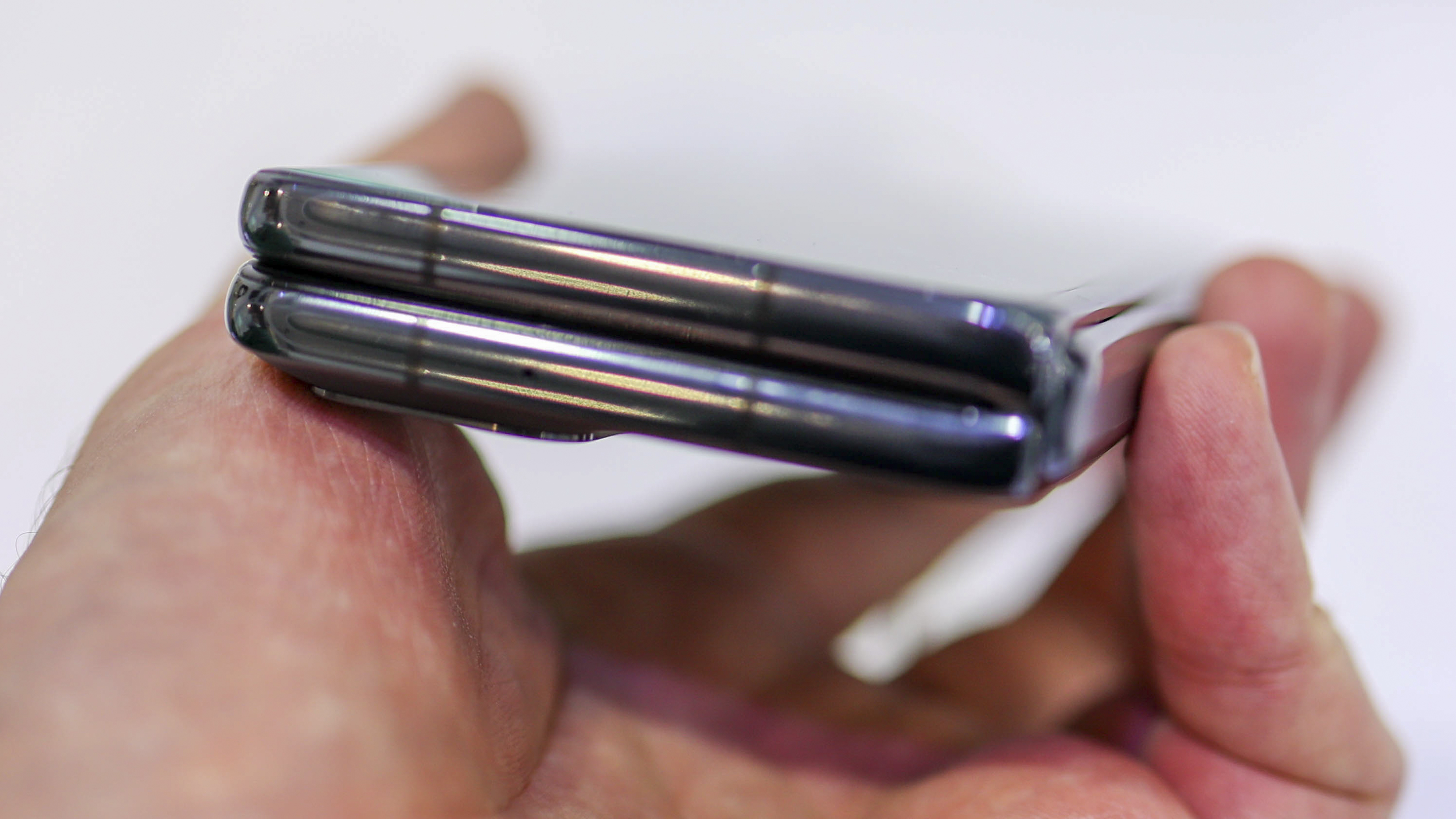
Running Oppo’s new Color OS 12, the Find N has some optimized interface elements to take advantage of the big(ish) tablet screen. A swipe down gesture can fire up split screen multitasking, while opening the camera app and half folding the phone engages a split-screen camera experience so you can rest the phone on a surface when taking a photo.
The Find N is powered by a Snapdragon 888 chipset, so misses out on the latest Qualcomm 8 Gen 1 power. It also features either 8GB RAM and 256GB storage at its entry level spec, or 512GB storage and 12GB RAM in its most premium configuration.
The 4,500 mAh battery might seem alarmingly small when considering the phone is also a mini tablet, but given how small the front screen is, we’d expect it to last near enough a day though can’t be sure.
If you’re thinking about picking one up though, hold your horses. This phone doesn’t ship with Google Play services or many apps or services Western users take for granted, and won’t until it gets an official global release.
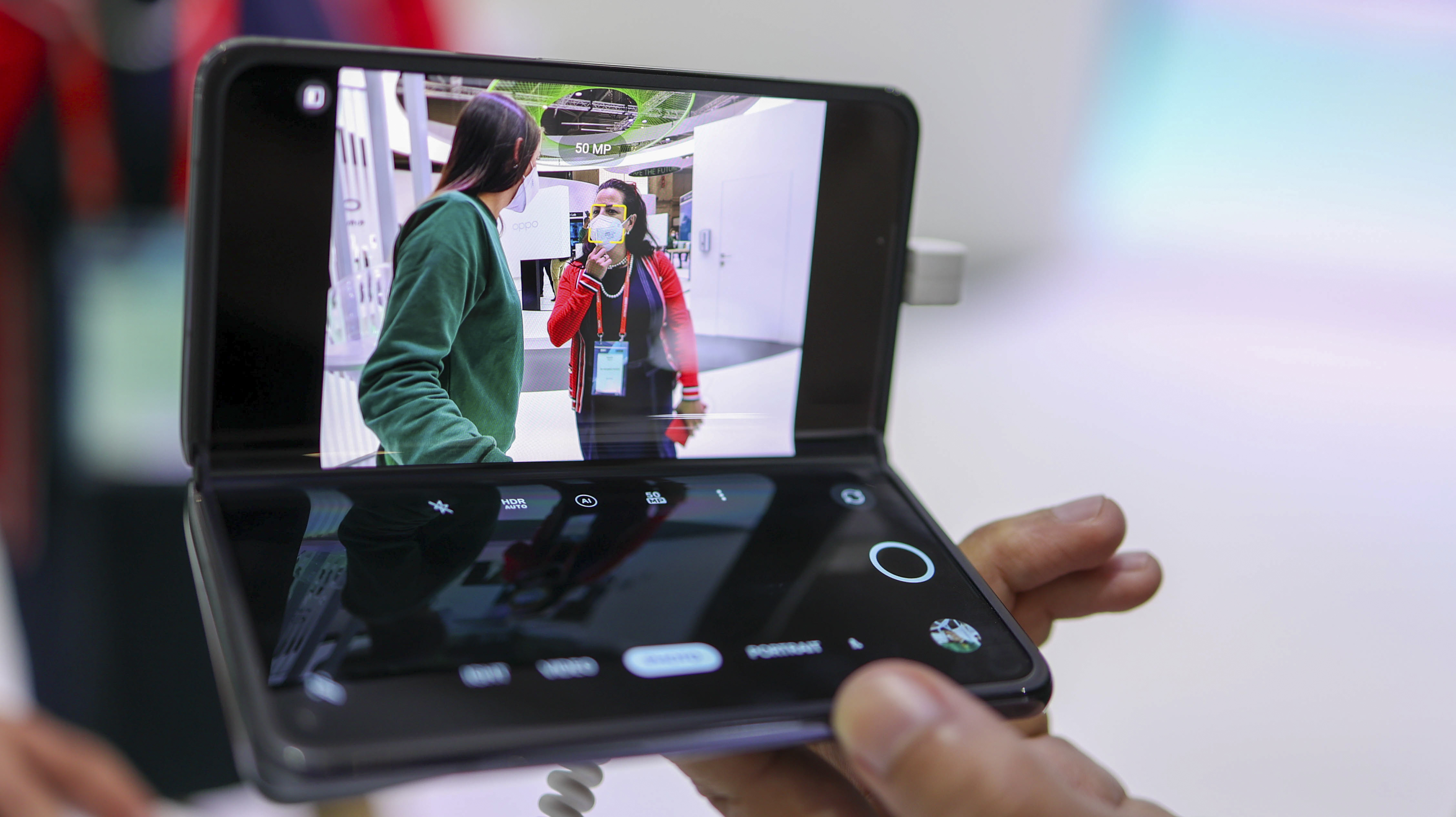
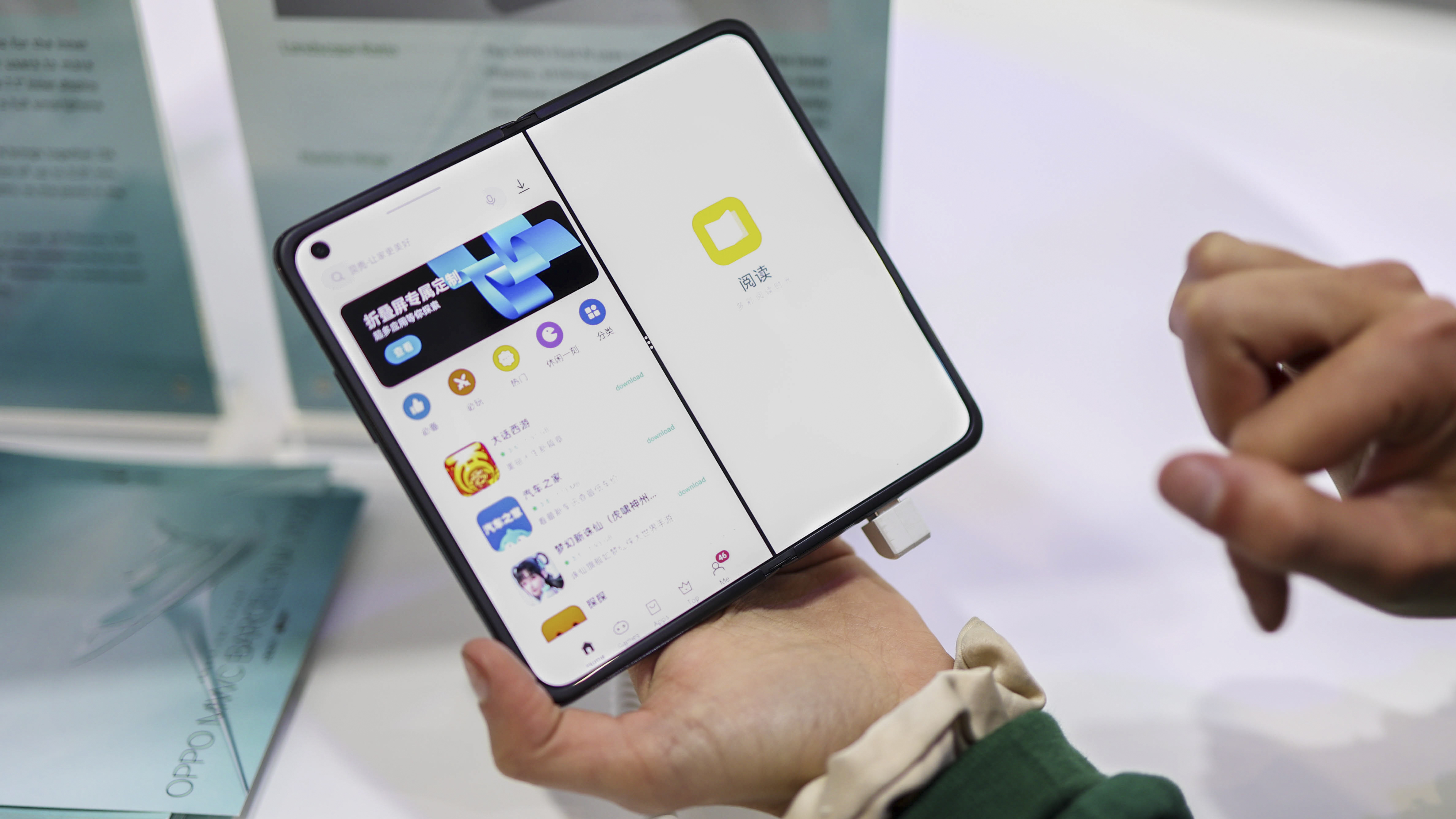
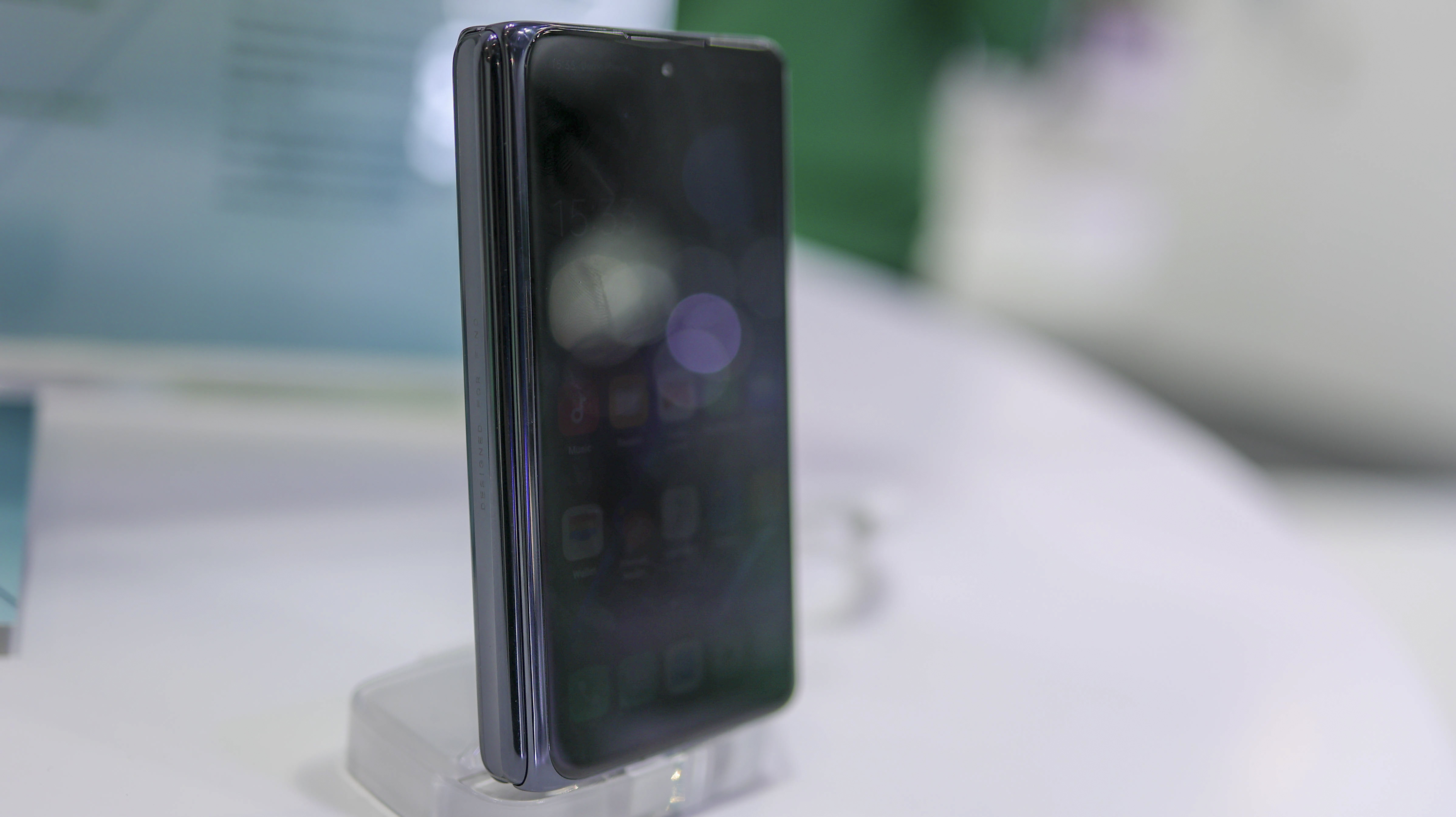
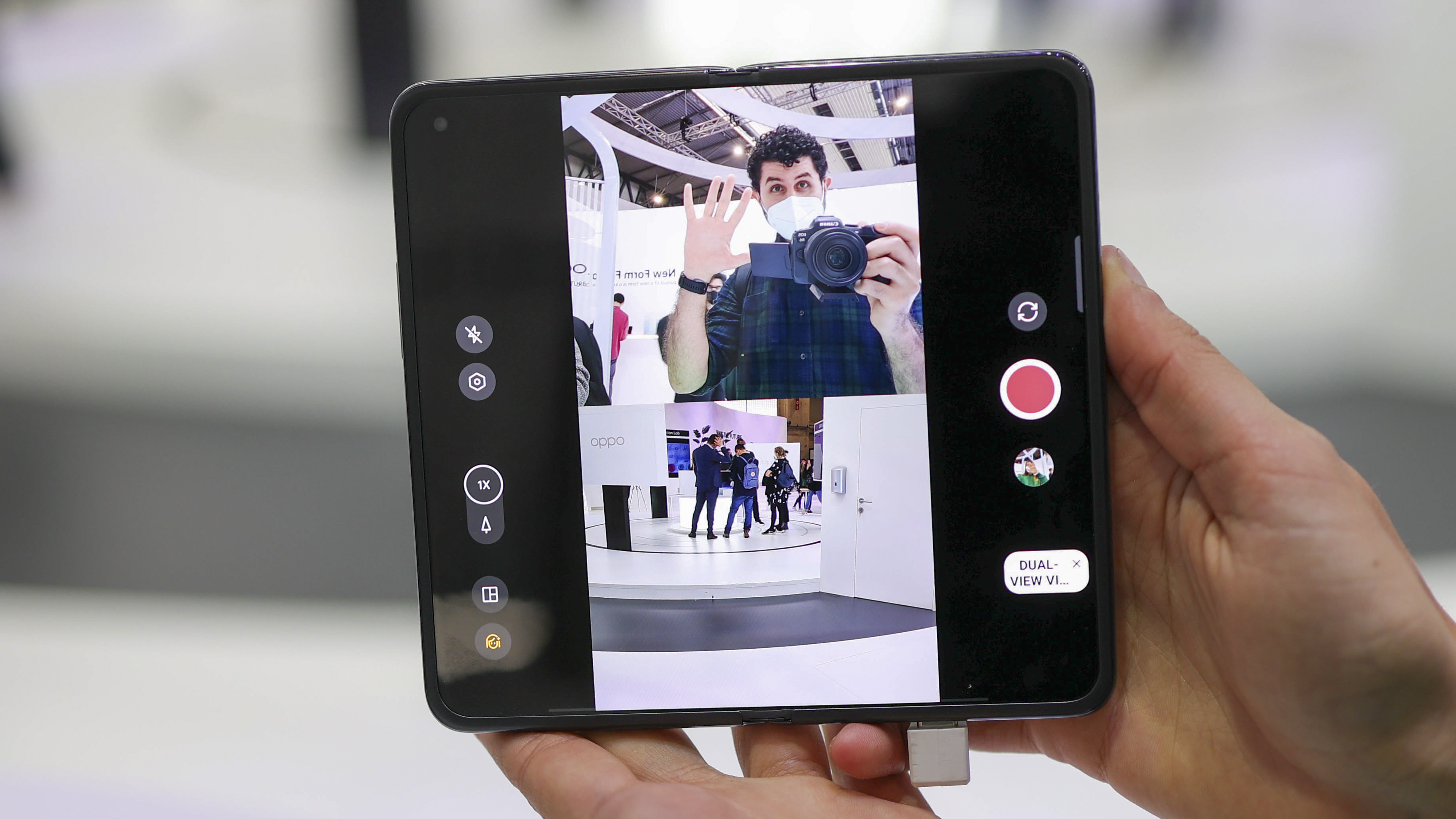
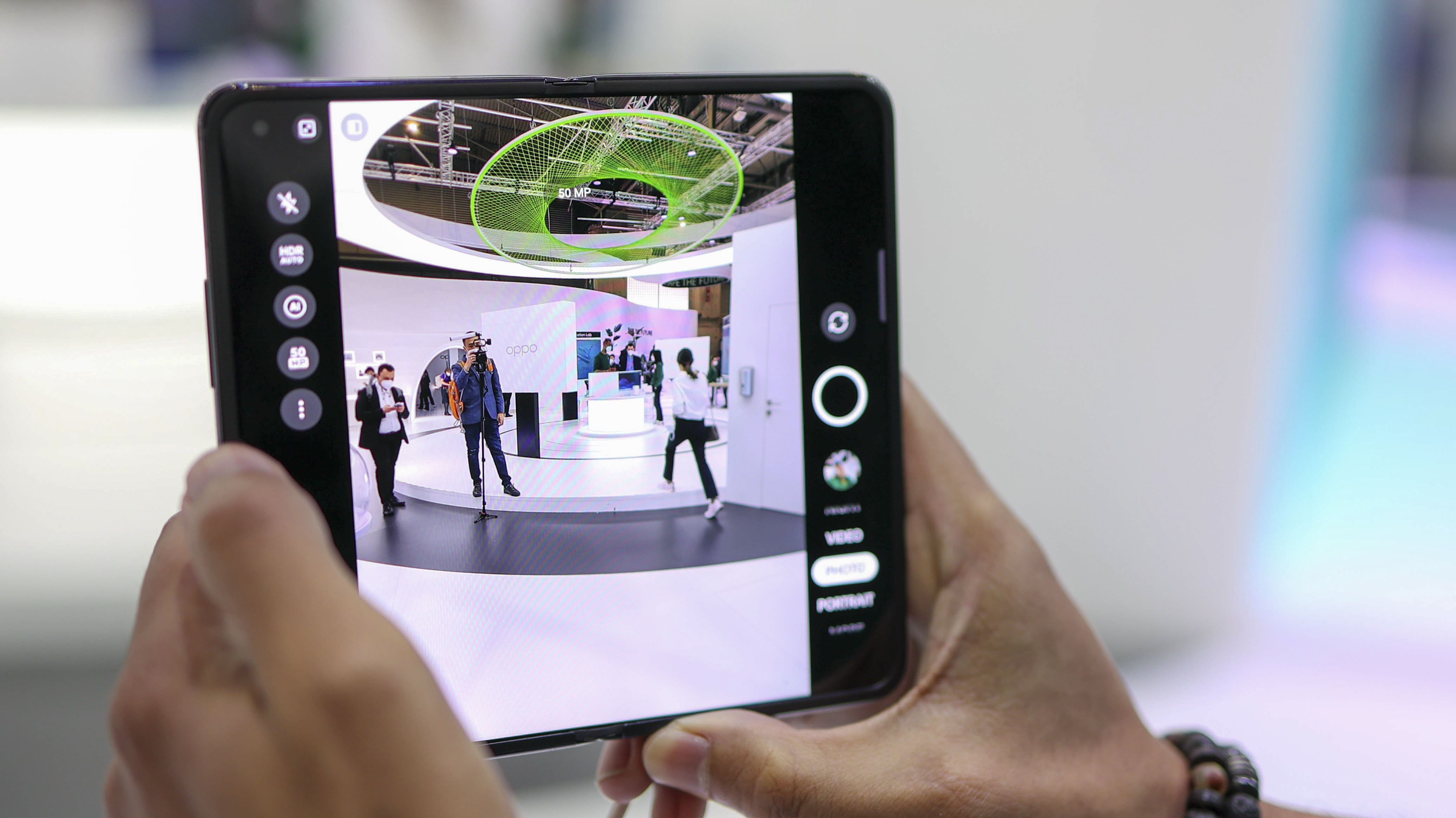
Early verdict
The Oppo Find N hasn’t been announced for the West just yet, so we can’t say for sure if or when we’ll get the phone in for review. We really hope we do though.
Oppo’s foldable phone represents even more smartphone makers adding their own flair to the category, driving the competition to innovate in the foldable space.
The Find N’s squat shape also makes its front screen great for UI interaction while it’s inner display is perfect for reading or browsing on. What’s more, it’s price in China is competitive, and with the phone feeling premium and secure, it’s a great first foldable showing from an Oppo on the rise.
Read more
Best camera phones
Best budget camera phones
Best gimbals for phones and cameras
Basil Kronfli is a freelance technology journalist, consultant, and content creator. He trained in graphic design and started his career at Canon Europe before moving into journalism. Basil is also experienced in video production, independently running the YouTube channel TechEdit, and during his time at Future, he worked alongside the Digital Camera World team as a senior video producer.
